The surreal state of Himachal Pradesh boasts many rivers that run through its popular, lesser-known, and unexplored destinations, making an essential part of the landscape. The gurgling and forming rivers of Himachal truly make for its lifeline; it is through them many quench their thirst and earn their livelihoods, whereas for some these streams are the adventure they were looking for. The drainage system of Himachal Pradesh has five rivers - the Chandrabhaga or Chenab, the Sutlej, Ravi, Yamuna, and the Beas. These are perennial rivers fed either by a glacier or rainfall.
The Chandrabhaga or Chenab is the largest river (by volume) in Himachal Pradesh, and it is formed with the merging of two rivers - Chandra and Bhaga at Tandi in Lahaul. Chandrabhaga crosses the barren tribal land in Lahaul and covers 7500 sq km in Himachal Pradesh before entering the neighbouring Kashmir Valley. The Beas, which is particularly famous amongst tourists for river rafting in Himachal Pradesh originates in the Pir Panjal Range near Rohtang Pass and is joined by Parvati, the Hurla, the Sainj, the Uhl, the Suheti, the Luni, the Banganga and the Chaki at different points in the state. The river also has a mythological significance and is said to have been formed by Ved Vyas, the author of the Hindu epic, Mahabharata.
The Ravi is the lifeline of Kangra District where it is formed by the glacier-fed rivers, Bhadal and Tantgari. The river which was earlier known as Iravati is praised for its beauty the most at Himachal Pradesh’s quaint hill station of Chamba. It is a transboundary stream that flows through Himachal and enters eastern Pakistan. Ravi was one the Ghaggar River that originates in the Shivalik Hills, in the village of Dagshai, make it all the way to the state of Punjab, Haryana, and Rajasthan. The popular River Parvati in Himachal Pradesh originates at the Mantalai Glacier above which is the famed Pin Parvati Pass. Parvati River passes through many popular attractions in the state including Kasol and Manikaran. At these two tourist attractions, the river also has geothermal springs.

The two important rivers in Himachal Pradesh, the Yamuna and the Sutlej do not have their origin in the state. While the Yamuna rises in the Uttarkashi District of Uttarakhand, the Sutlej takes a difficult journey of crossing the Indo-Tibet border and flowing through the rugged terrains of Spiti to reach the state. The Spiti River joins the Sutlej that flows through the state before entering Punjab and then Pakistan. It is the longest river amongst the five that flows through Punjab. The scenic and truly mesmerizing Baspa River crosses the Indo-Tibet Border to reach Himachal Pradesh. Baspa River is part of the landscape of one of the most scenic destinations in the state, Sangla Valley/Baspa Valley. The river later joins Sutlej near Karcham.
Apart from these, rivers like Giri, Jalal, Pabbar, Tons, Andhra, Patsari, Bata, Tirthan, and Suketi make important tributaries to the five perennial rivers of Himachal Pradesh.









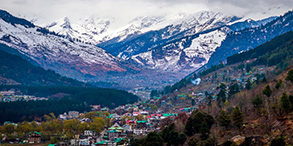


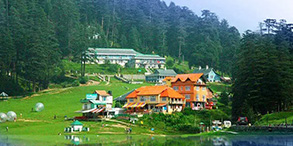
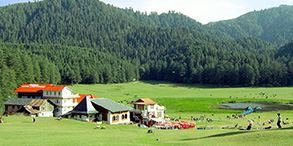
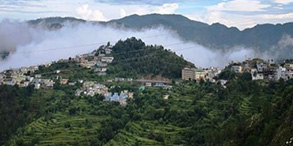
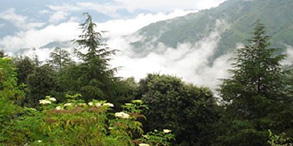
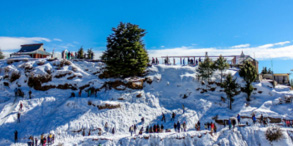


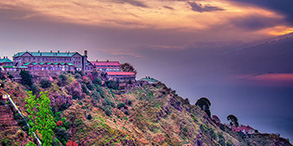
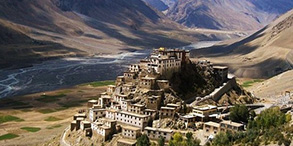
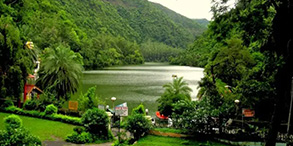
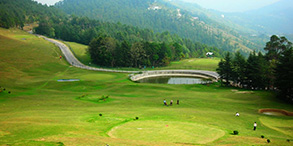


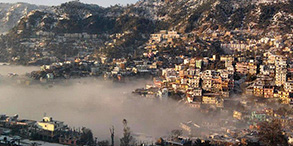
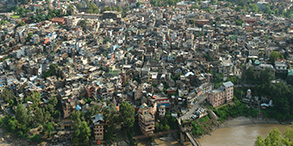
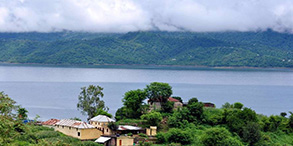
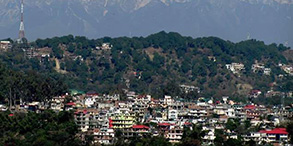
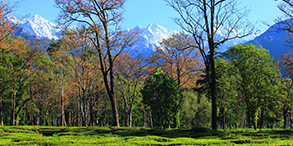
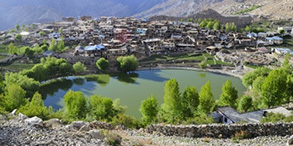
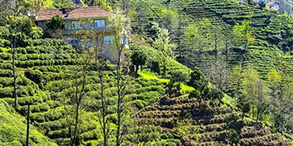
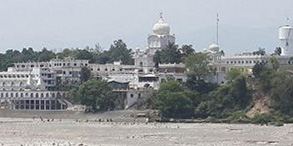

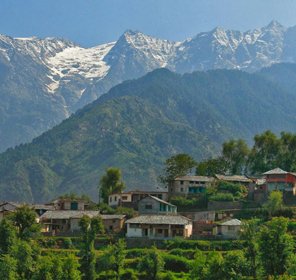

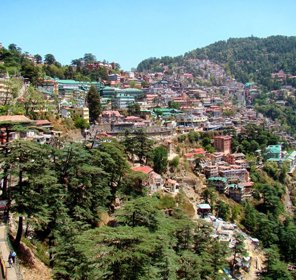

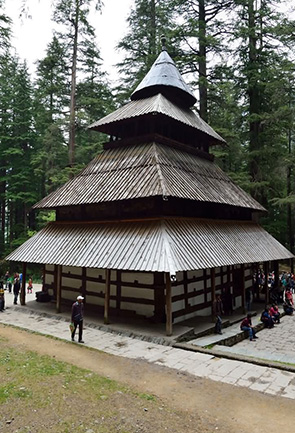
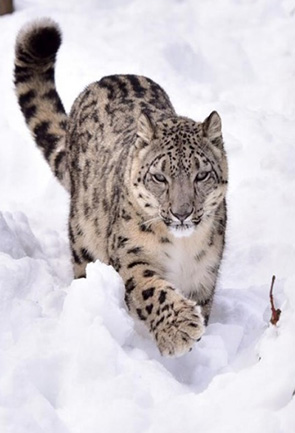

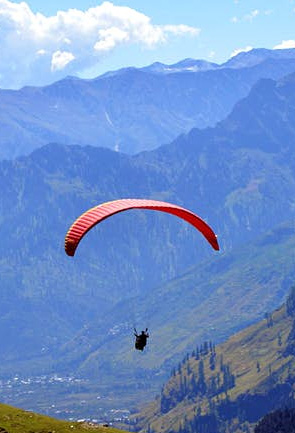

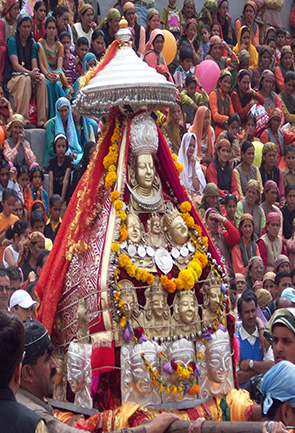
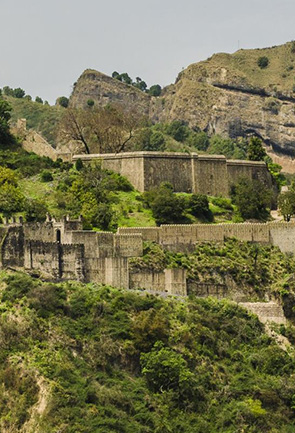



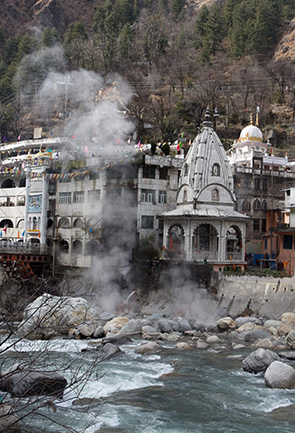
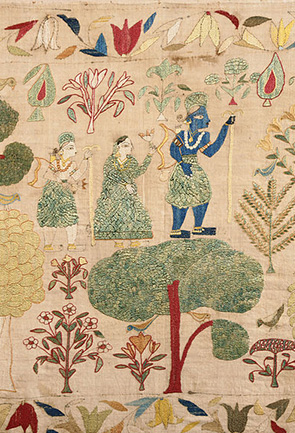


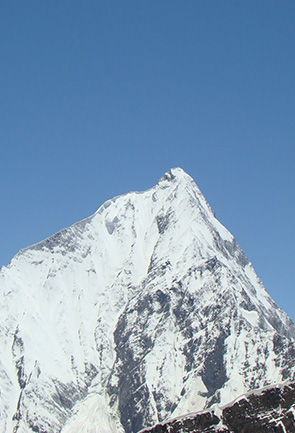


 Plan Trip
Plan Trip Call Us
Call Us Packages
Packages Home
Home